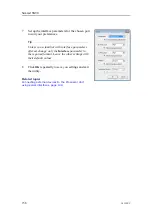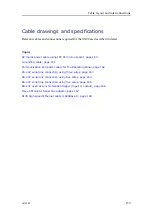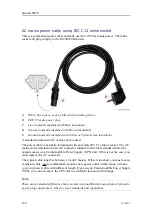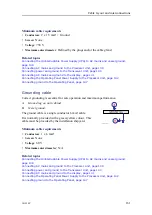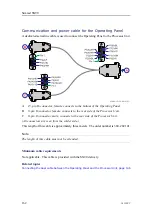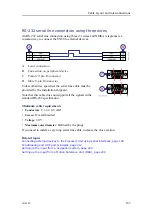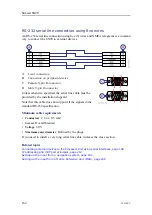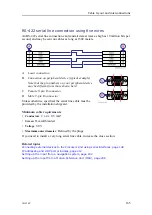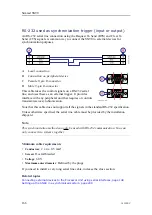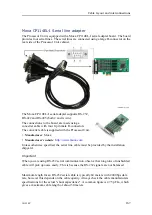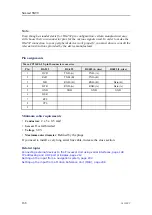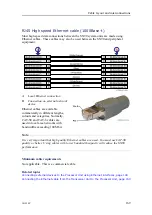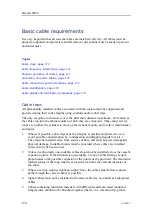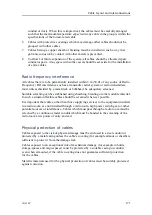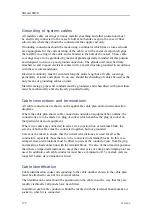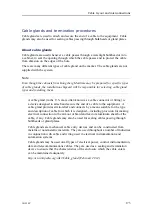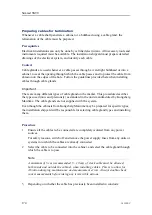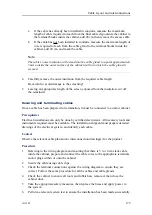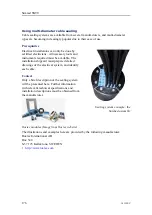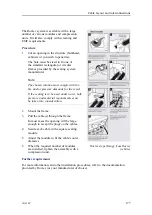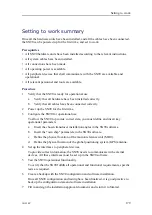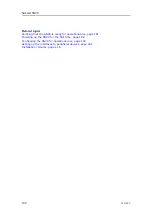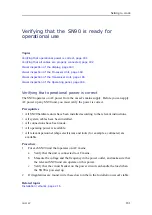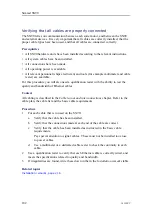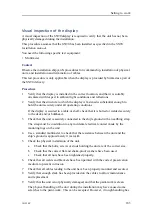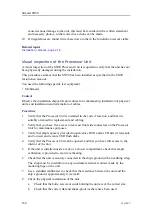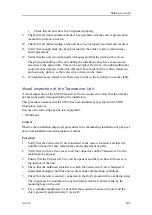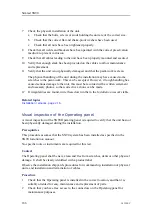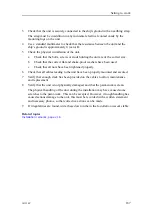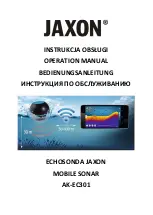
172
381298/C
Grounding of system cables
All metallic cable coverings (armour, metallic sheathing and other protection) must
be electrically connected to the vessel's hull at both ends except in the case of final
sub-circuits where they should be connected at the supply end only.
Grounding connections should be made using a conductor which has a cross-sectional
area appropriate for the current rating of the cable, or with a metal clamp which grips
the metallic covering of the cable and is bonded to the hull of the vessel. These cable
coverings may also be grounded by means of glands specially intended for this purpose
and designed to ensure a good ground connection. The glands used must be firmly
attached to, and in good electrical contact with, a metal structure grounded in accordance
with these recommendations.
Electrical continuity must be ensured along the entire length of all cable coverings,
particularly at joints and splices. In no case should the shielding of cables be used as the
only means of grounding cables or units.
Metallic casings, pipes and conduits must be grounded, and when fitted with joints these
must be mechanically and electrically grounded locally.
Cable connections and terminations
All cable connections are shown on the applicable cable plan and/or interconnection
diagrams.
Where the cable plan shows cable connections outside an equipment box outline, the
connections are to be made to a plug or socket which matches the plug or socket on
that particular item of equipment.
Where two cables are connected in series via a junction box or terminal block, the
screens of both cables must be connected together, but not grounded.
Care must be taken to ensure that the correct terminations are used for all cable
conductors, especially those that are to be connected to terminal blocks. In this case,
crimped sleeve-terminations must be fitted to prevent the conductor core from fraying
and making a bad connection with the terminal block. It is also of the utmost importance
that where crimped terminations are used, the correct size of crimp and crimping tool are
used. In addition, each cable conductor must have a minimum of 15 cm slack (service
loop) left before its termination is fitted.
Cable identification
Cable identification codes corresponding to the cable number shown in the cable plan
must be attached to each of the external cables.
The identification codes should be positioned on the cable in such a way that they are
readily visible after all panels have been fitted.
In addition, each cable conductor should be marked with the terminal board number or
socket to which it is connected.
Simrad SN90
Summary of Contents for Simrad SN90
Page 2: ......
Page 117: ...381298 C 115 Related topics Installation summary page 65 Installing the transducer ...
Page 236: ...234 381298 C 372915 Clamping frame Simrad SN90 ...
Page 295: ......
Page 296: ... 2016Kongsberg Maritime ISBN 978 82 8066 179 1 ...
Page 297: ......

